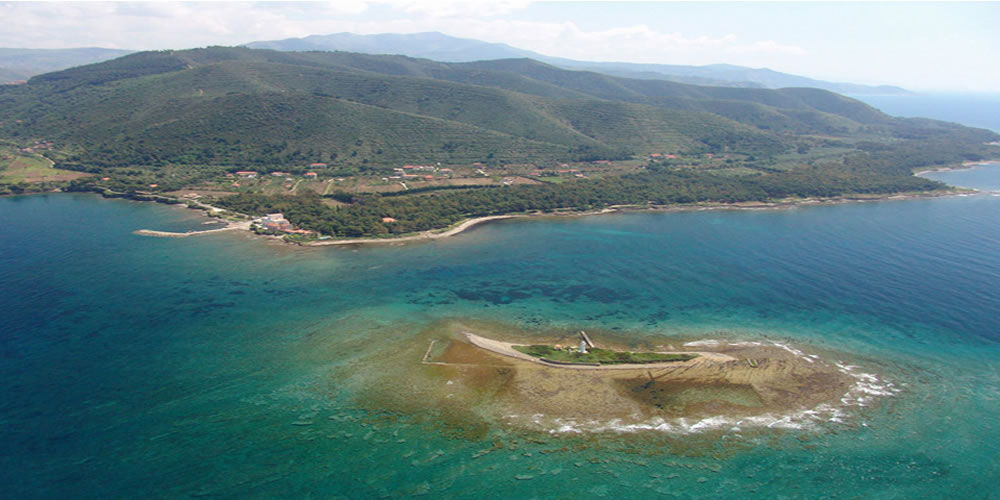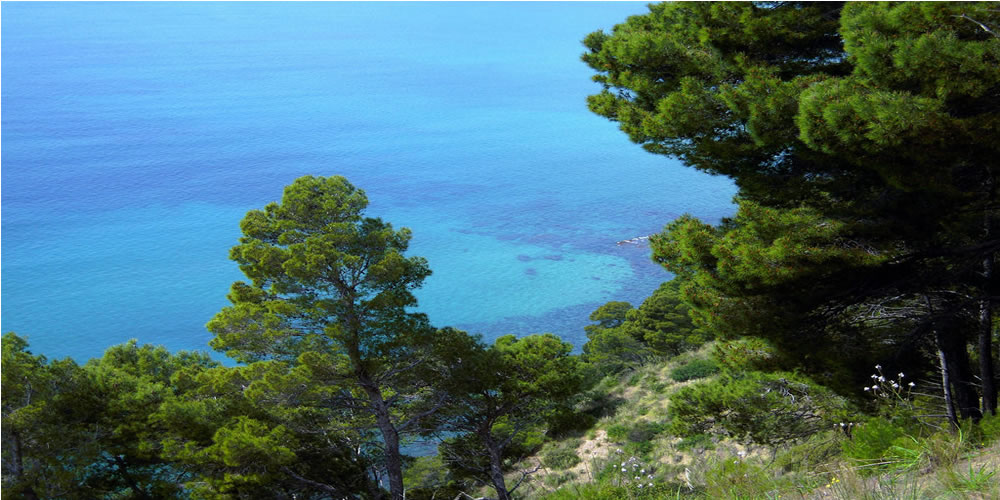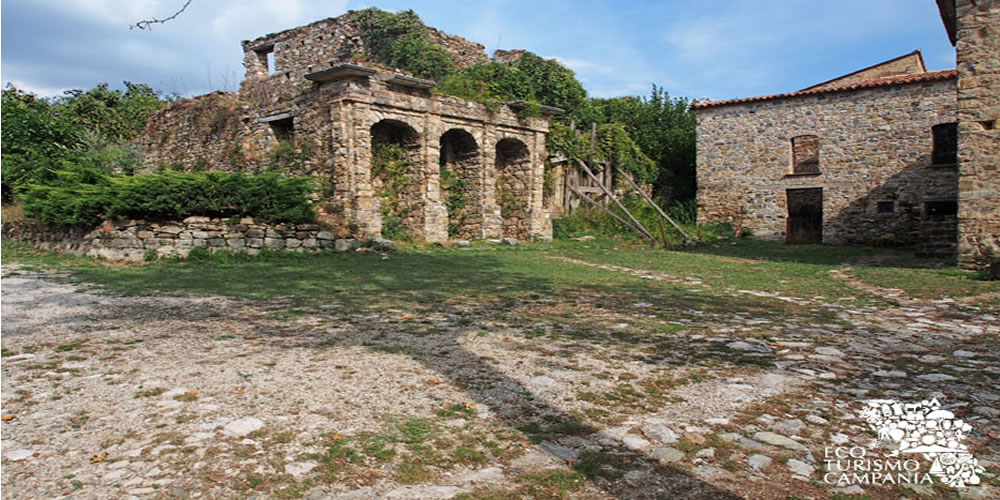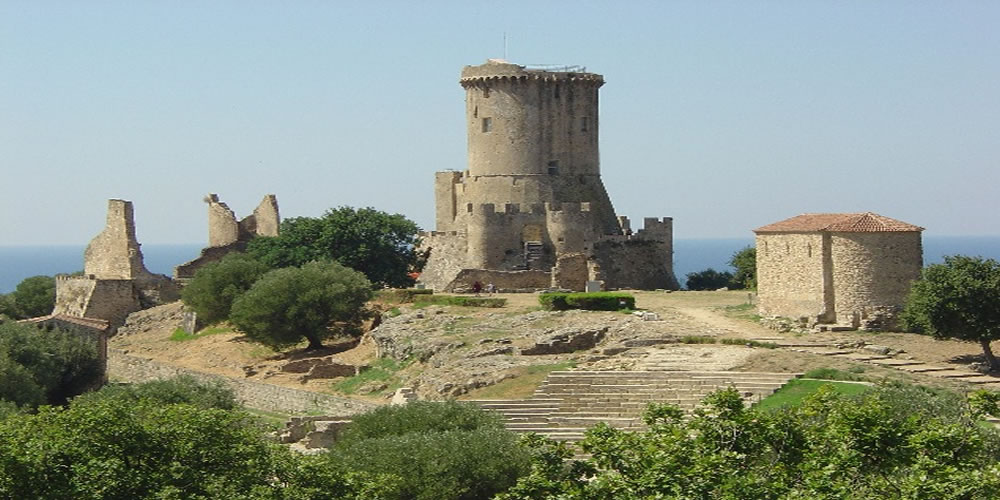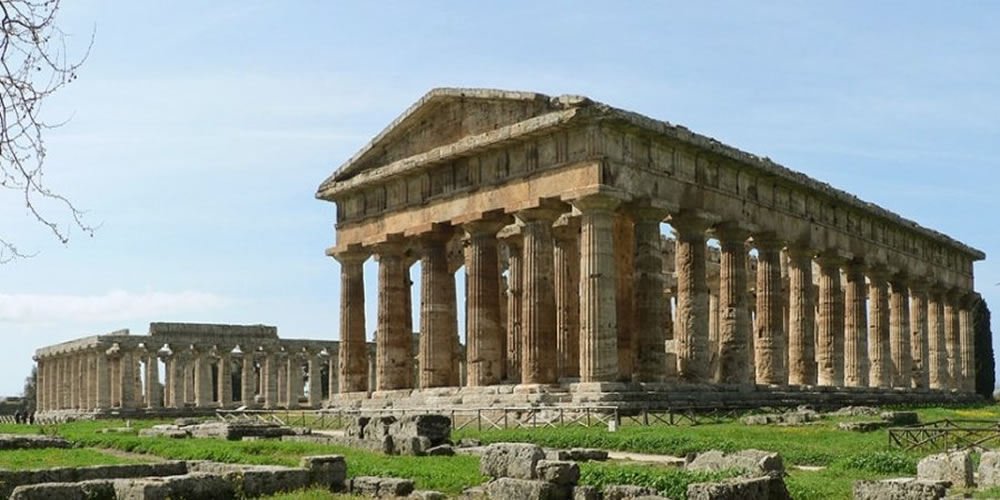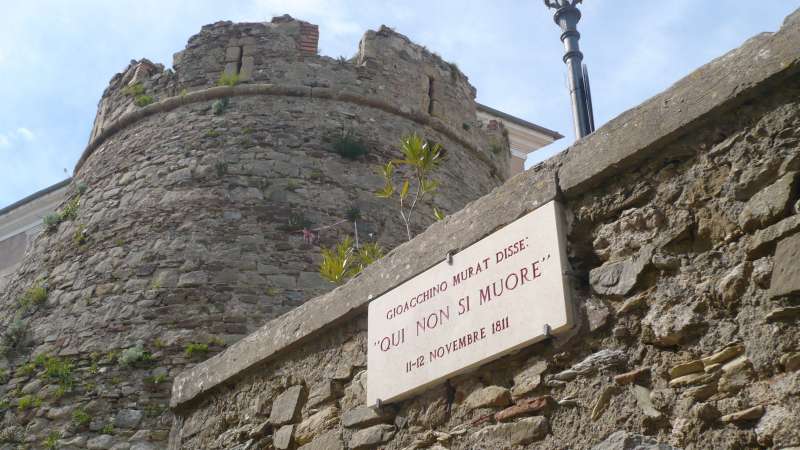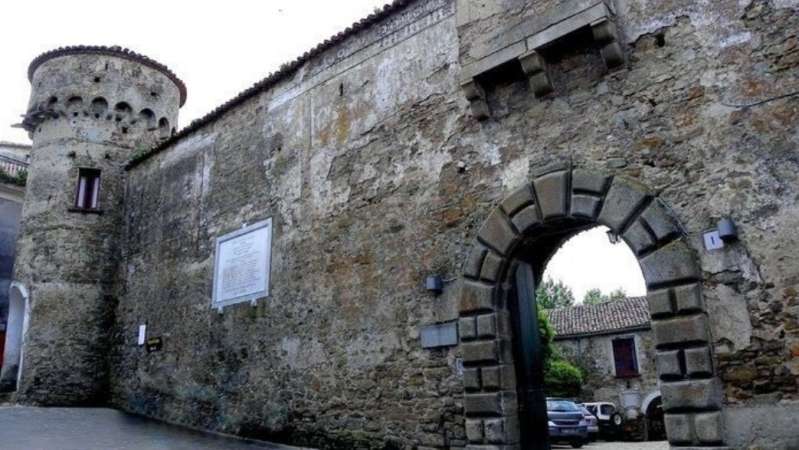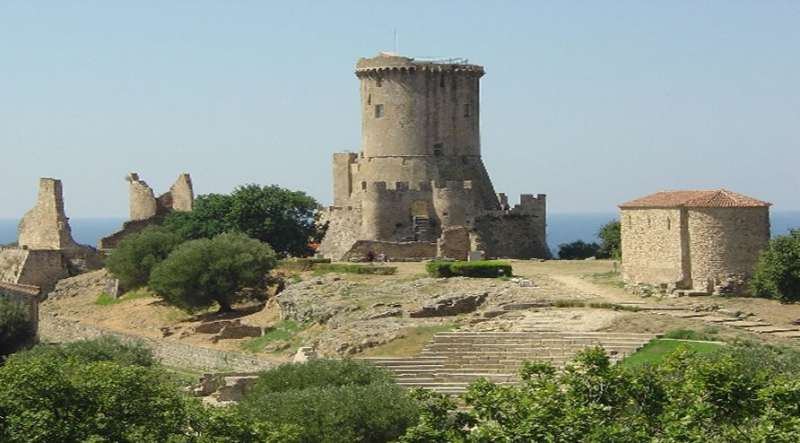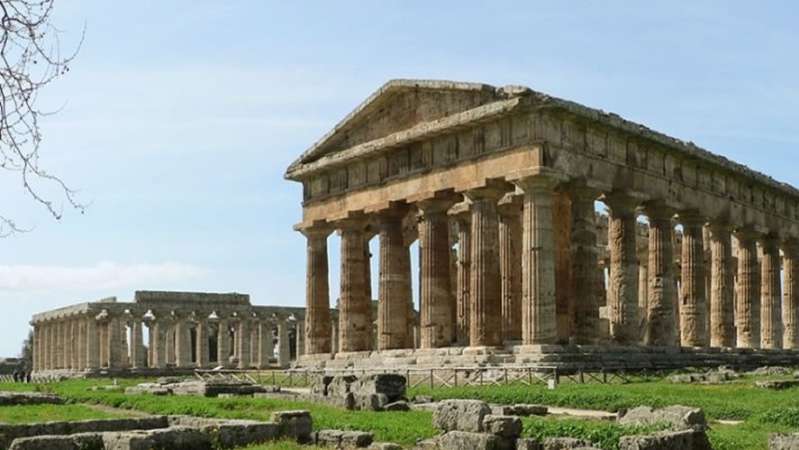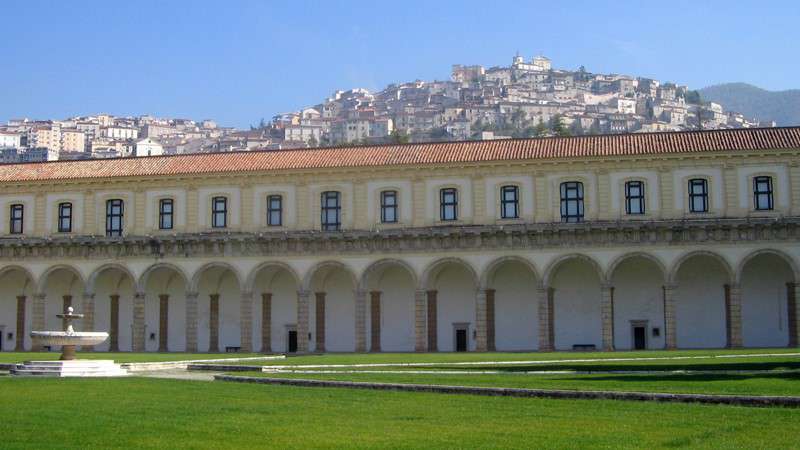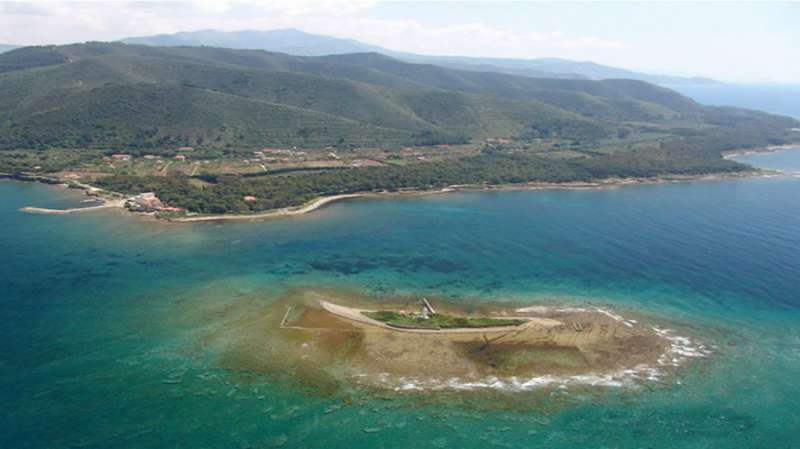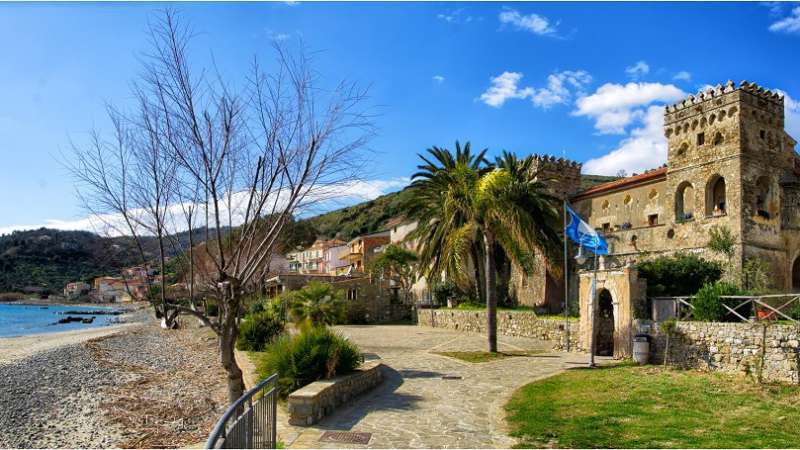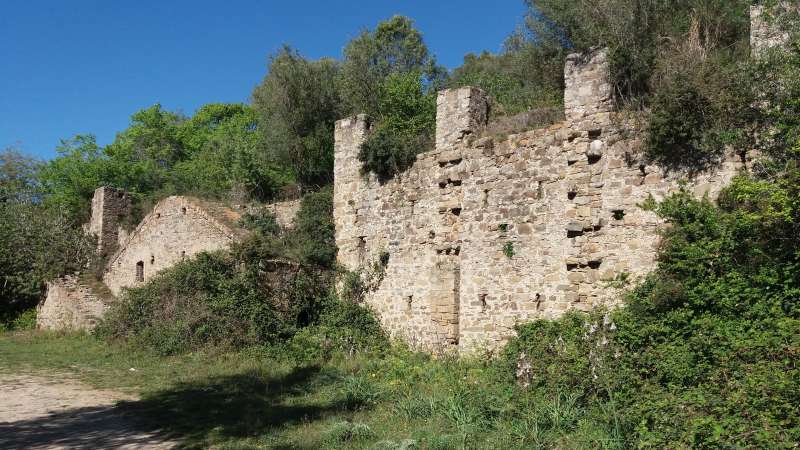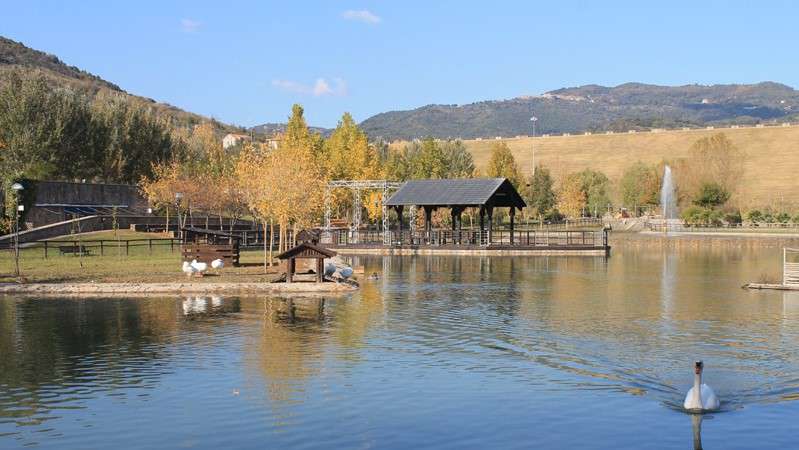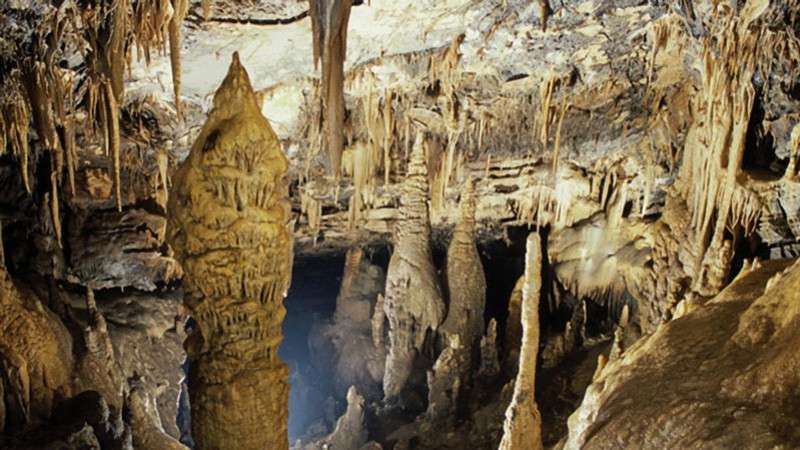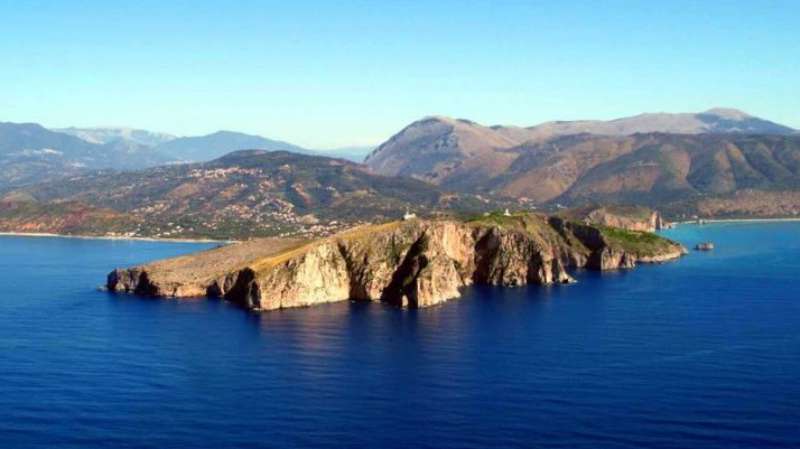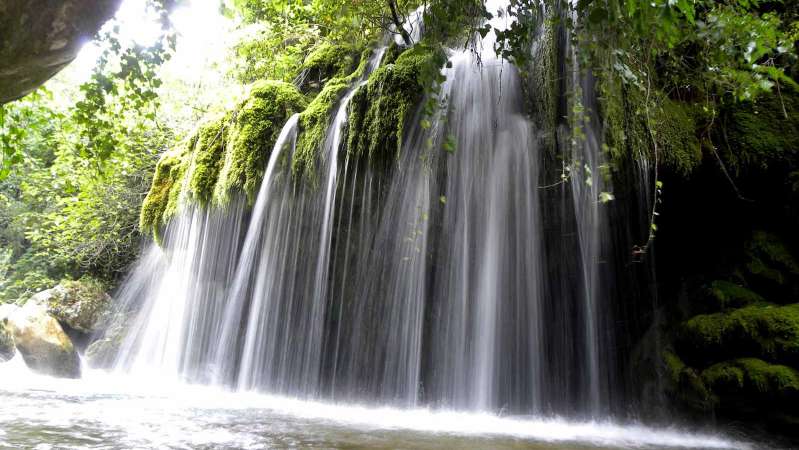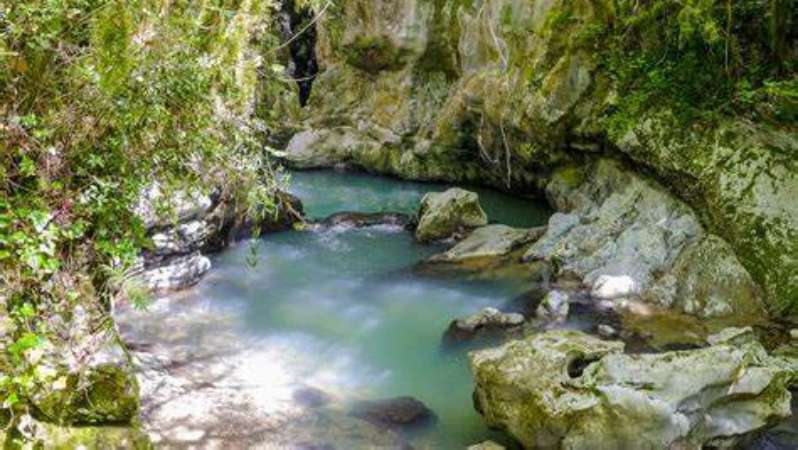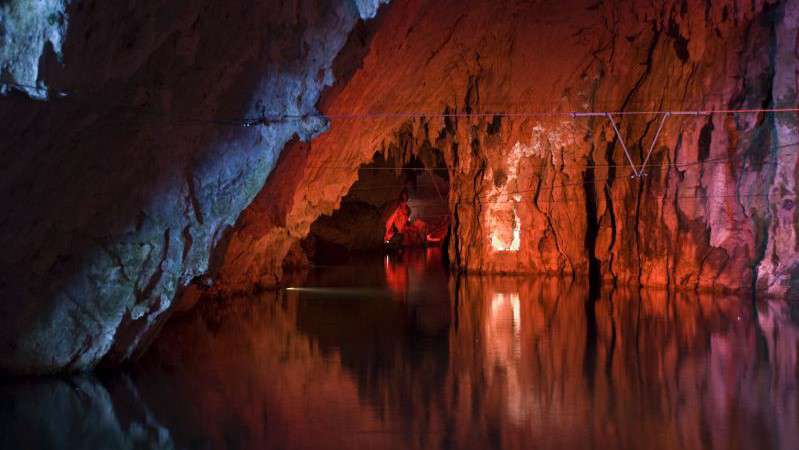Since 2009, the European Blue Flag has been awarded to the Municipality of Montecorice. Once again, therefore, the quality of the sea, the beaches and the services of the Cilento coast was rewarded with this famous recognition.
The Municipality of Montecorice has on its territory the presence of a precious natural heritage: famous, in fact, is the wood located in the Ripe Rosse area with an extension of about 100 hectares mainly covered with Aleppo pines, where you can admire a nature that reigns unspoiled.
The hamlet of Agnone is one of the most peaceful and pleasant places on the Cilento Coast.
With the nearby village of San Nicola a Mare it occupies a picturesque inlet sheltered by the promontory of Ripe Rosse.
Cilento - Museums and monuments
Historical structures of the town are the Palazzo Marchesale and the Tower of Ortodonico: although the time of construction of the original nucleus is not known, it was, however, dated to the 13th century.
In the last century the whole complex was renovated and turned into a civilian residence.
An important attraction is the Museum of Peasant Civilization: born in 1975 and located in an ancient oil mill, the museum describes the daily life of the people of Cilento, through their means of work and survival. The exhibits are in sections that visualize the different aspects of the rural world, the various production cycles, customs, traditions, folklore and religiosity.
The production cycles best represented are that of the oil transformation and that of the arrangement and cultivation of hilly land planted with olive groves.
Noteworthy is the coordination project between the 4 rural museums of Cilento (Ortodonico, Morigerati, Moio della Civitella, Roscigno) which aims to organize a unique initiative, called La Via degli Antichi Sapori, aimed at enhancing the territory and its human and cultural resources.
Cilento - Punta Licosa and Sea Museum
A journey into the mythical promontory of Licosa, from the name of the mermaid who sank here for Ulysses' sake. The promontory juts out into the sea with its Mediterranean maquis, its ruins, its historical and artistic remains. The aquariums of the Museo del Mare di Pioppi allow you to take a look at the underwater world and the life forms present in the sea.
The Cilento and Vallo di Diano National Park, the second largest park in Italy, stretches from the Tyrrhenian coast to the foot of the Campania-Lucania Apennines, including the peaks of the Alburni, Cervati and Gelbison, as well as the coastal foothills of the M Bulgheria and M. Stella.
The extraordinary naturalistic emergencies, due to the considerable heterogeneity of the territory, are flanked by the mythical and mysterious character of a land rich in history and culture: the call of the nymph Leucosia, to the beaches where Palinuro left Aeneas, from the remains of the Greek colonies of Elea and Paestum , to the splendid Certosa di Padula.
And what else you can find in a land yet to be discovered ..

